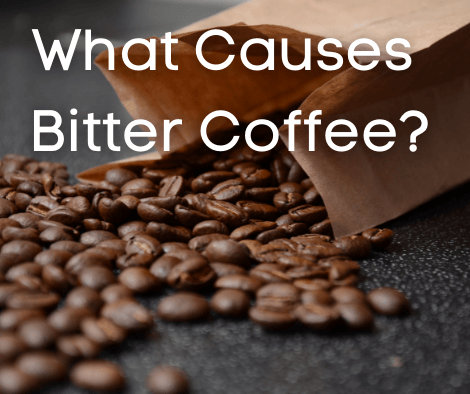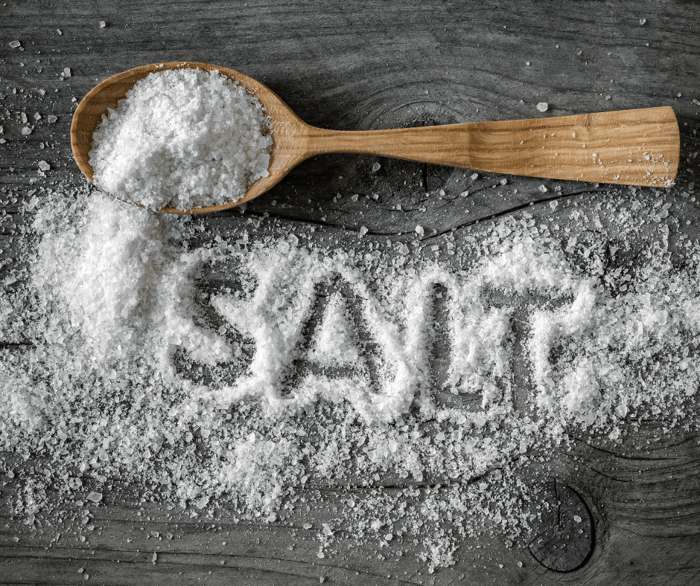Thanks to mass-produced grocery store style coffee, we have been told anything other than Arabica beans is of less quality and just cheap. True? Well, it can be.
While some brands boast "100% Arabica" as a premium and more expensive coffee option, other store brands quietly blend in cheap Robusta beans as a filler and cost-cutter. This has often given Robusta the reputation as a cheap and less desirable bean. We will break down the myth...
What are Robusta Beans?
Robusta beans have been around and used to brew coffee for centuries. While you can find low-quality cheap Robusta beans there is higher quality on the market as well. First found in the Western sub-Saharan African region Robusta beans grow in lower altitudes that see more rain. Arabica on the other hand grows in high altitudes in dryer climates. With more landmass in lower altitudes, Robusta can be grown in a wider variety of locations thus making the cost to produce less.
Robusta Coffee is coffee made from the beans of the Coffea canephora plant.
Where Does Robusta Come From?
Robusta coffee beans were first discovered in the Western Sub-Sharan region of Africa. In today’s coffee world Robusta beans make up roughly 40% of all coffee beans consumed while arabica makes up the remaining 60% used. The top regions for growing include:
- Vietnam
- Brazil
- Indonesia
- India
- Uganda
- Malaysia
- Côte d’Ivoire (Ivory Coast)
- Thailand
What Flavor Does Rubusta Have?
Typical Robusta will have a more earthy flavor with notes of hazelnut, macadamia and chocolate. With a higher caffeine content, Robusta will be more on the bitter side especially when poorly roasted. Arabica Coffee has a higher sugar content and will possess a floral and acidic taste.
How Much Acidity Does Robusta Have?
As mentioned above Arabica Beans are naturally more acidic. This makes Robusta a great choice for those with acid reflex and sensitivity to acidic foods. Blending the two beans can soften the Robusta flavor while also lowering the acidity of Arabica. Keep in mind the coffee cherry is actually a fruit and possesses a citrus property which is naturally more acidic.
What is the Caffeine Content of Robusta?
Since Robusta Coffee grows in wetter climates closer to ground level the beans have naturally higher caffeine content. Caffeine acts as a stimulant when ingested by humans and as a poison when ingested by insects. This makes caffeine the coffee plant's natural defense against insects and is another reason Robusta Beans can be produced at a cheaper cost. Arabica Beans average 1.5% caffeine per bean while Robusta can have 2.5-4% caffeine per bean.
Who Uses Robusta Beans?
Many coffee brands use a blend of beans in their roast and especially so in flavored coffees. While discount coffee brands who use cheap Robusta give the bean a bad name others have embraced high-quality Robusta as an option for those who need the extra caffeine or like deeper coffee flavors.
Black Insomnia Coffee is one of the leading highly caffeinated brands and marketed as the Strongest Coffee in the World with over 1105mg of caffeine per cup.
Roasters who take great pride in their craft know how to turn Robusta beans into a quality coffee option that breaks the myth of the burnt rubber coffee.
Robusta is also commonly used in instant coffee and espresso blends because of it’s higher caffeine content.
See our list of the top 5 Strongest Coffees in the World.
Other Uses For Robusta Coffee
Since Robusta is packed with caffeine and creates a bigger crema the bean is often used or blended into Espresso Roast. Low acidity coffee is often produced with Robusta as the bean has a naturally lower acidic profile.
While it is true Robusta Coffee can have a burnt ashtray flavor profile when low quality beans are poorly roasted, the bean can also have a great flavor, higher caffeine with lower acidity and can be a great choice for seasoned caffeine consumers.
Adding salt to your Robusta Blends can help reduce bitterness.
Want More Coffee Content?
Daily Coffee Grind - Click Here
Coffee Reviews - Click Here
Coffee Brewing Guides - Click Here










